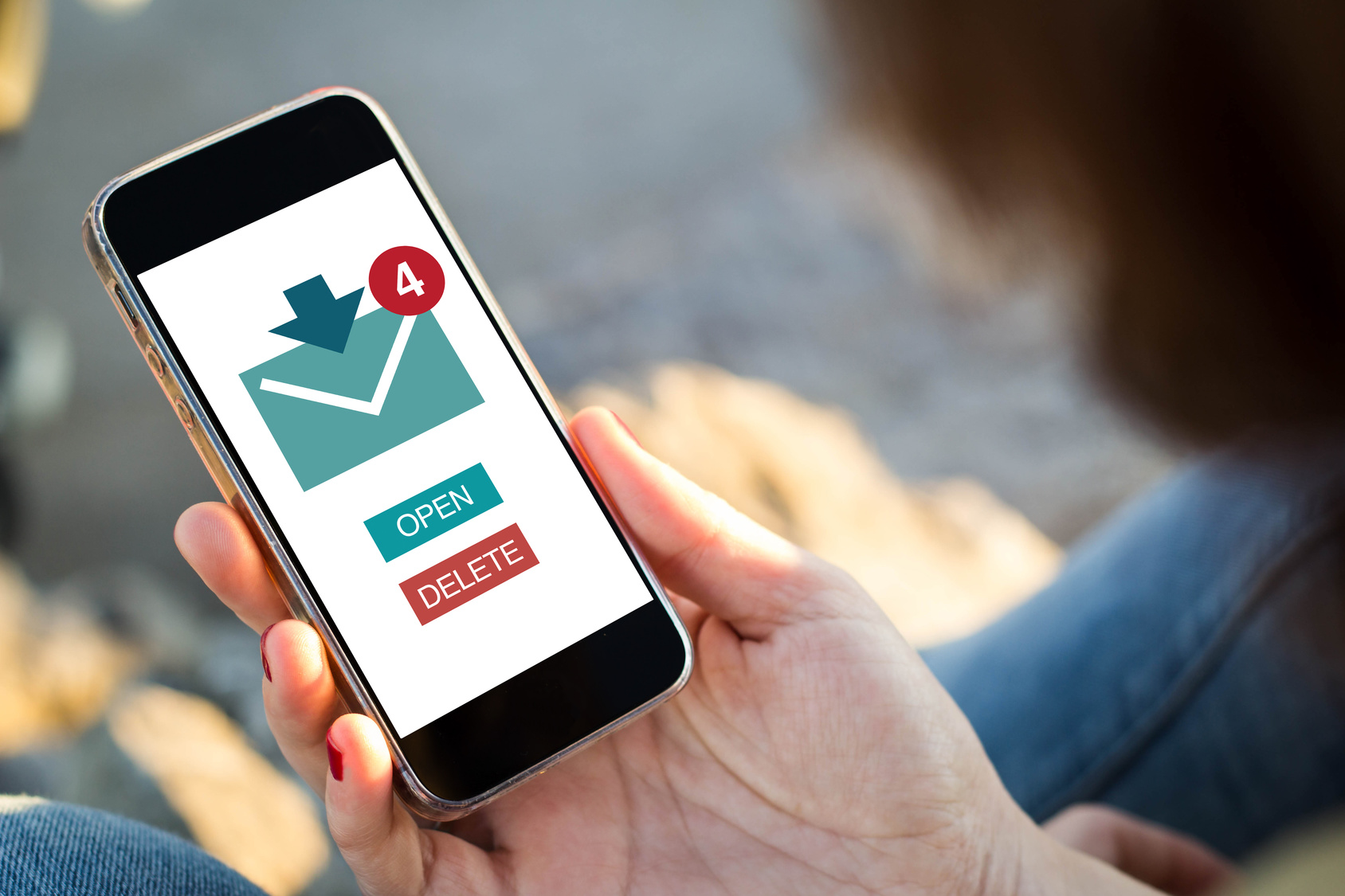It’s a fact of the Internet that your website will go down on occasion. Whether it’s on purpose, or the fault of your host provider, eventually you’ll find yourself staring at 404 or 504 errors.
Instead of trying to fight the inevitable, it’s much more important to let your users know what’s going on.
Internet users are a fickle bunch. They don’t like waiting and won’t tolerate website downtime without some sort explanation.
When ESPN’s fantasy football website went down for the start of the 2016/2017 season, users voiced their displeasure (read: extreme anger) on Twitter.
Fantasy football is a big deal to some, but it’s nothing compared to managing a business where client’s bank accounts depend on your website.
The outrage from your specific demographic is liable to far exceed ESPN’s downed fantasy website.
An excellent way to notify your users of any website downtime is using simple email notifications.
Almost everyone has a smartphone that constantly pushes email to their pocket. Users can easily see the email, and acknowledge that your website is down.
Just like that, outrage averted.
Professional Monitoring Services
We’ll cut right to the case. Hiring a professional website monitoring service is the best way to ensure your customers know about downtime.
If your company has a dedicated IT guy that can write up a program to handle downtime monitoring, that’s great. Take advantage of him.
However, most website owners, and even large hosting companies, have other priorities. Coding a custom platform takes time and money.
Though hiring a professional service isn’t just about picking any old service and letting them have at your website.
You as the webmaster needs to decide how you’d like the monitoring setup.
Namely, what triggers email notifications? What will the emails say? Who receives these emails?
When Should Email Notifications Send
Website monitoring emails notifications should send out immediately after your website goes down.
Any reputable monitoring software will push these emails out as soon as possible.
These random errors are likely your 404 errors, where downtime could vary based on the problem.
This means you need to get the message out fast, and also let customers know as much information as possible.
With any luck, your monitoring program will figure out the problem quickly, and then shoot another optional email letting clients know the expected downtime.
Scheduled Updates
There will come a day when you have to take your website down for scheduled maintenance.
It’s annoying, but makes your site better in the long run.
Customers should know about maintenance well before it happens. If they don’t know until they see your redirect message, it’s far too late.
An excellent example of this predicament is online banking. There are some banks that only notify of scheduled maintenance through a brief homepage message.
As you can imagine, this doesn’t help at all for the people who don’t visit the website until they need to make a transaction.
Car payment due today? Should have visited our website yesterday to see our maintenance message.
Obviously, this isn’t the best way to run a business. It’s so much easier to push out email notifications announcing downtime to users.
A simple, “We’re taking our website offline next week at 5:50-7:50 pm for maintenance,” works perfectly fine.
It’s also not a bad idea to include what your maintenance actually does. People are more likely to accept (not get mad) updates that help their user experience.
Oh, and email reminders can also work well here. An email notification 24 before the downtime helps refresh people’s memory.
Who To Email?
Downtime emails should go out to the entirety of your email list.
Include everyone who’s ever voluntarily signed up for your email contact.
If someone gave out their email to your company, it’s likely they’re interested in your product.
If they’re interested in your product, it’s only logical that they would like to know when and for how long your website is down.
Even if you’re only running a personal website, if people signed up for your email list, email them!
For all of the promotional emails you send to your potential customers, an alert about website downtime will show them they’re worth more than dollar signs.
It also doesn’t hurt to set aside a special list of people who receive customized emails.
These are your high-value clients who need instant access to your company at all times.
Send them special emails that include your phone number and other contact information in case they need something while your website is down.
How Many Emails Is Too Many?
Your customers need information about your website downtime. We’ve established that this much is true.
However, what’s the limit? When do friendly informative emails become annoying “spam?”
It’s a question that gets asked over and over again, and one where there isn’t a real concrete answer.
What we do know, is that studies have linked high email volume and email “pressure” (constant email notifications) to high-stress levels.
This isn’t something you want to force on your customers. Your website needs to distance itself from stress at all costs.
If people are opening your emails and thinking, “NOT AGAIN. ANOTHER EMAIL,” you’re in for trouble.
We’d suggest sending emails when your website goes down, and again when it comes back online. Reminder emails are still ok for scheduled maintenance.
You might consider only emailing people who opt into a so-called “downtime” email list.
Opt-in lists are a double edge sword, as one day someone may not want to receive your email notifications, while the next they might.
Either way, don’t bombard people with emails.
Sending email notifications for uptime and downtime are essential parts of running a website. Customers deserve to know what’s happening with your site and why.
While it’s possible to handle this on your own, it’s much easier (and more efficient) to hire a professional monitoring service.
Most offer full monitoring suites that also integrate email notifications. Just pick what you want to say, and when you want to say it.
Your customers will thank you later (probably in sales).




